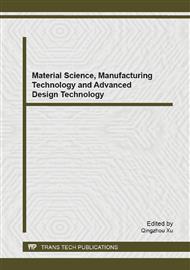p.209
p.213
p.217
p.222
p.228
p.232
p.236
p.241
p.249
A Comparative Study on the Fire Resistance of Ordinary Grade Structural Steels
Abstract:
Fire resistance of structural elements such as columns and beams has been evaluated by the fire test. However, needs of fire design based on analysis using a heat transfer theory and a stress analysis are increasing because the design can reduce not only the period of the fire test but the cost of it. The reliability of the analysis would be totally dependent on the mechanical, thermal databases of their structural steels. This paper evaluates the fire resistance of ordinary grade structural steels manufactured from Korea by examining the mechanical and thermal properties of SS 400, SM 400, and SM 490 at high temperature and comparing them with those defined in Eurocode 3. The results showed that the ordinary structural steel had almost the same characteristics as those in Eurocode 3.
Info:
Periodical:
Pages:
228-231
Citation:
Online since:
March 2014
Authors:
Price:
Сopyright:
© 2014 Trans Tech Publications Ltd. All Rights Reserved
Share:
Citation:


